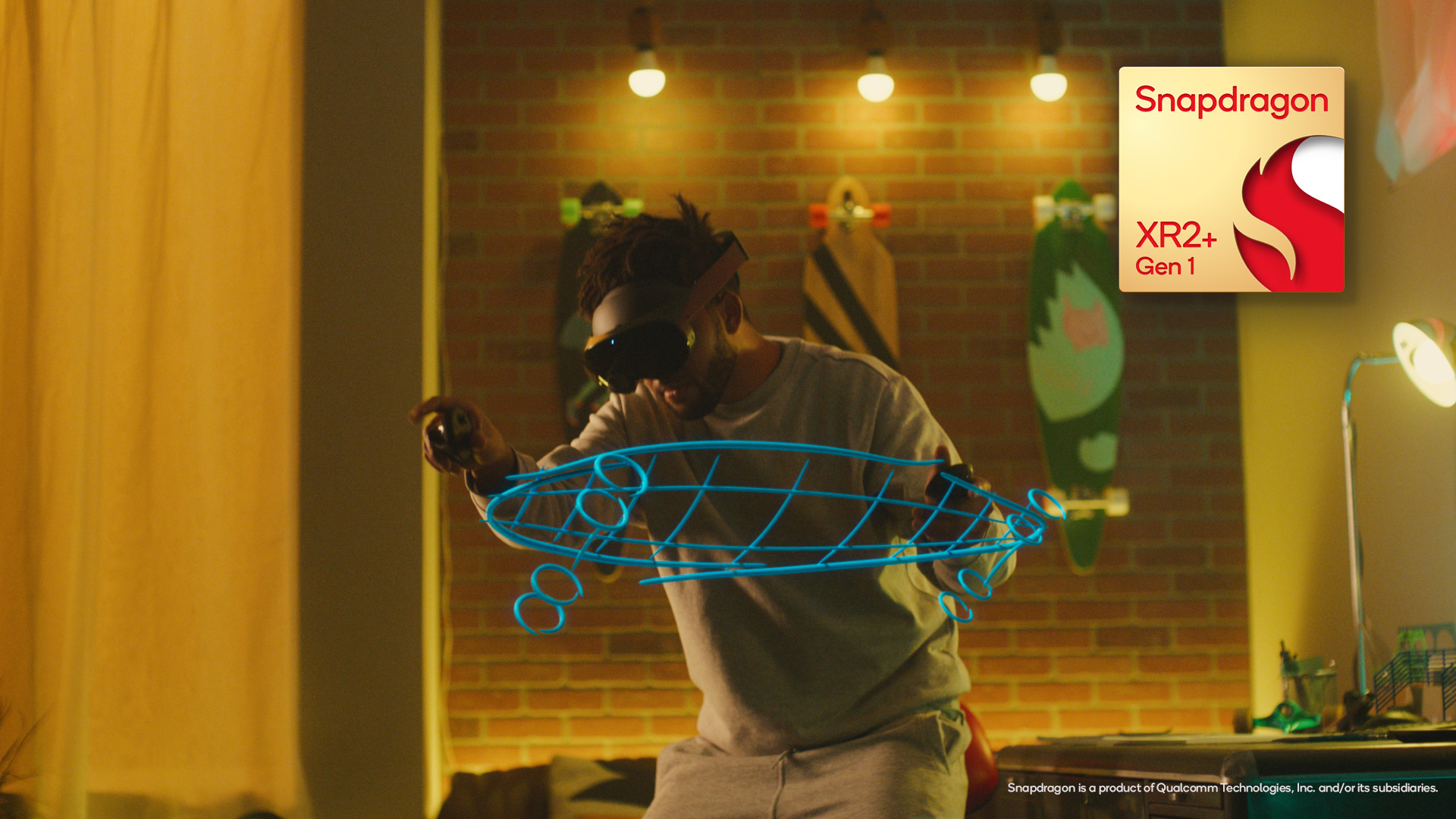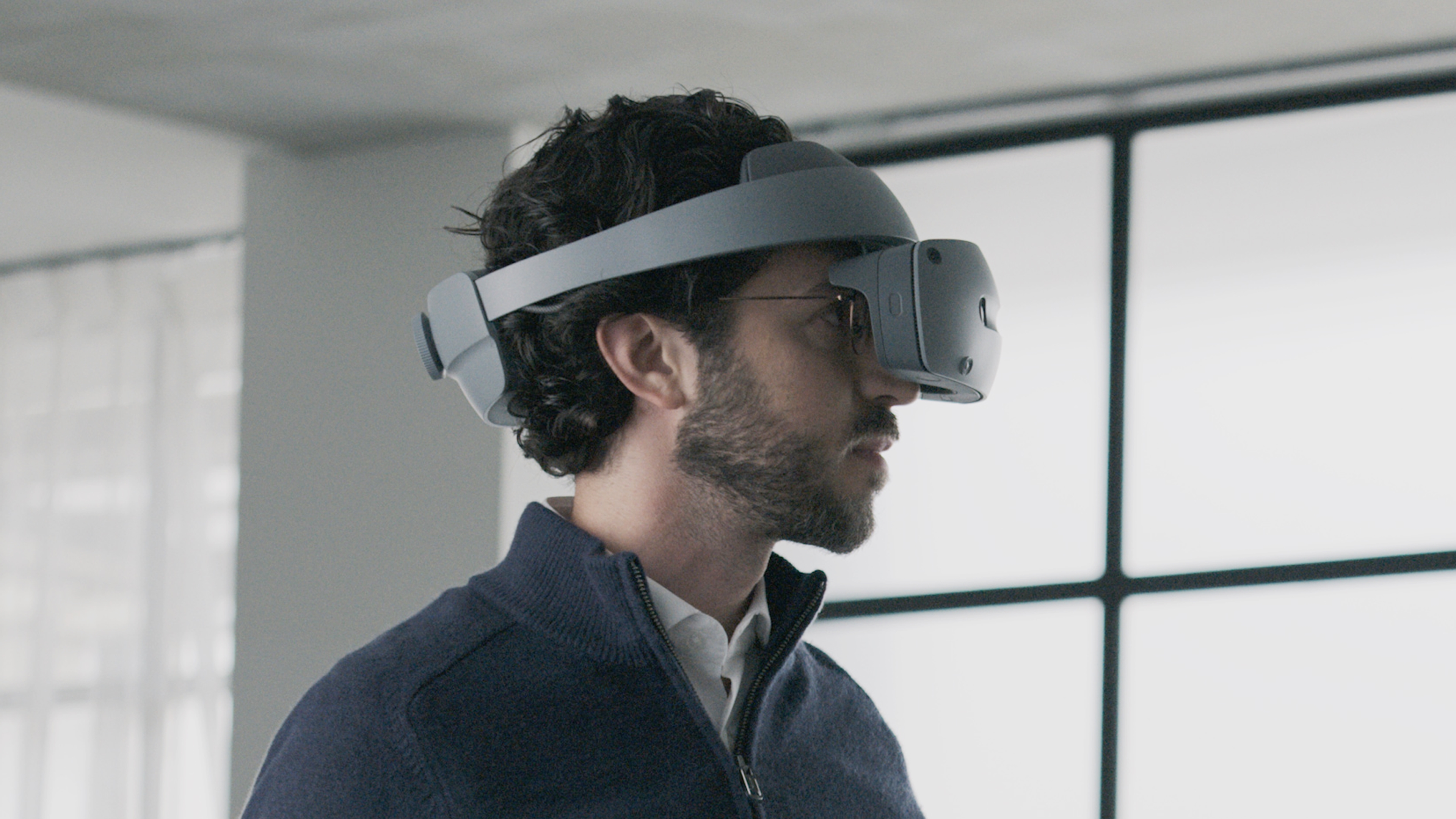
What you need to know
- Qualcomm is allegedly sending new XR2 and XR2+ Gen 3 chips out to VR HMDs.
- These "Project Matrix" chips supposedly support 16GB of RAM, UFS 4.0 storage, and 4K screens and may use Oryon CPUs.
- The Snapdragon XR2+ Gen 2 was announced in early January and has yet to be featured in consumer products.
Qualcomm reportedly has begun testing and lending out its Snapdragon XR2 Gen 3 and XR2+ Gen 3 chips, designed for the next generation of VR headsets. This leaked news surprised us, given that one Gen 2 chip hasn't entered consumers' hands yet.
WinFuture's Roland Quandt first posted on X about "Project Matrix," the company's "next-gen AR/VR chips," on May 17. Specifically, he explained how the higher-end SXR2350 will support 16GB of RAM, UFS 4.0 storage, and 4K screens.
'Project Matrix' https://t.co/wO4jAXnyZ0May 18, 2024
More recently, VR analyst Brad Lynch shared a leaked cargo manifest showing that Qualcomm is shipping out the SXR2350 chip — likely called the Snapdragon XR2+ Gen 3 — for "testing and integration in future HMDs."
Lynch speculates that it'll be "nearly identical" to the XR2+ Gen 2 in features and bandwidth, but use the Oryon CPU found in the Snapdragon X Elite instead of Arm Cortex cores, plus a more energy-efficient GPU.
Qualcomm is "shipping these much faster than the gap between Gen 1 and Gen 2," Lynch points out in the same thread, arguing that "there must be (a) huge demand for something better" than the XR2+ Gen 2.
My personal speculation* on what changes we will see in this chip (probably next year):- Orion CPU cores (the biggest change)- More power efficient GPU at similar graphic performance as XR2 Gen 2- nearly identical XR features/bandwidths as XR2 Gen 2May 21, 2024
The Meta Quest Pro used the XR2+ Gen 1, while the Meta Quest 3 uses the XR2 Gen 2, which gives it strong gaming performance. The XR2 Gen 3 (no "+") would theoretically target the Quest 4, but that's not expected to arrive for years.
Qualcomm only announced the upgraded Snapdragon XR2+ Gen 2 in January 2024, with Samsung, Sony, and HTC Vive committing to use this chip in future productivity headsets that require more power. As of yet, none of them have shipped.
Qualcomm says the XR2+ Gen 2 can support 4.3K per eye resolution, 12 concurrent cameras, and 15% & 20% boosts to GPU and CPU frequency, respectively, over the XR2 Gen 2. It's certainly an upgrade, but not a drastic shift in power. The leaked XR2+ Gen 3 could change that.
Early testing or a rapid-fire shift?
Multiple leakers agree that the Snapdragon XR2+ Gen 3 is coming. The question is, why so soon after the XR2+ Gen 2 announcement?
This new chip's power makes it well-suited for productivity headsets like the Meta Quest Pro 2, with its rumored 3,840 x 3,840 resolution — but LG has delayed it until 2027, reportedly. Other Meta Horizon OS headsets could use it, like Lenovo's XR productivity headset. But that might not arrive for some time, either.
At present, devices like Samsung's 2024 XR headset and Sony's spatial XR headset are slated to use the XR2+ Gen 2. So why send the XR2+ Gen 3 out to HMDs if they're still finalizing their Gen 2 headsets?

I can only think of two possibilities: (A) Samsung and Co. asked for a chip with more power and will skip the Gen 2 after all, or (B) Qualcomm itself wants to persuade these brands to try its newer, better tech, now that the Snapdragon 8 Gen 4 will use Oryon later this year.
The Apple Vision Pro used an M2 chip found in MacBooks, making it difficult for other productivity headsets to compete. Charging a laptop-level price for productivity headsets with Snapdragon XR2 chips — essentially redesigned versions of mobile chips found in Android phones — is a tall ask for consumers.
If the Snapdragon XR2+ Gen 3 has Snapdragon X Elite-quality performance with better RAM, then maybe Samsung would delay its headset into 2025 to see a greater chance of success. We'll have to wait and see whether the XR2+ Gen 2 actually sees the light of day or not, if the Gen 3 has supplanted it.





!["[T]he First and Fifth Amendments Require ICE to Provide Information About the Whereabouts of a Detained Person"](https://images.inkl.com/s3/publisher/cover/212/reason-cover.png?w=600)

